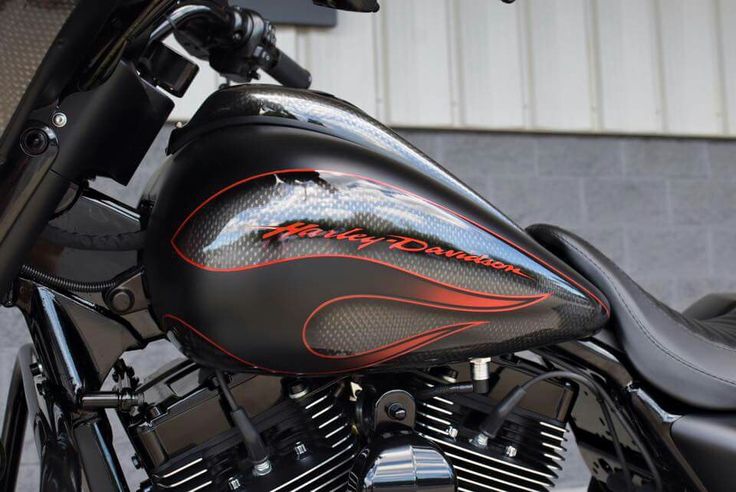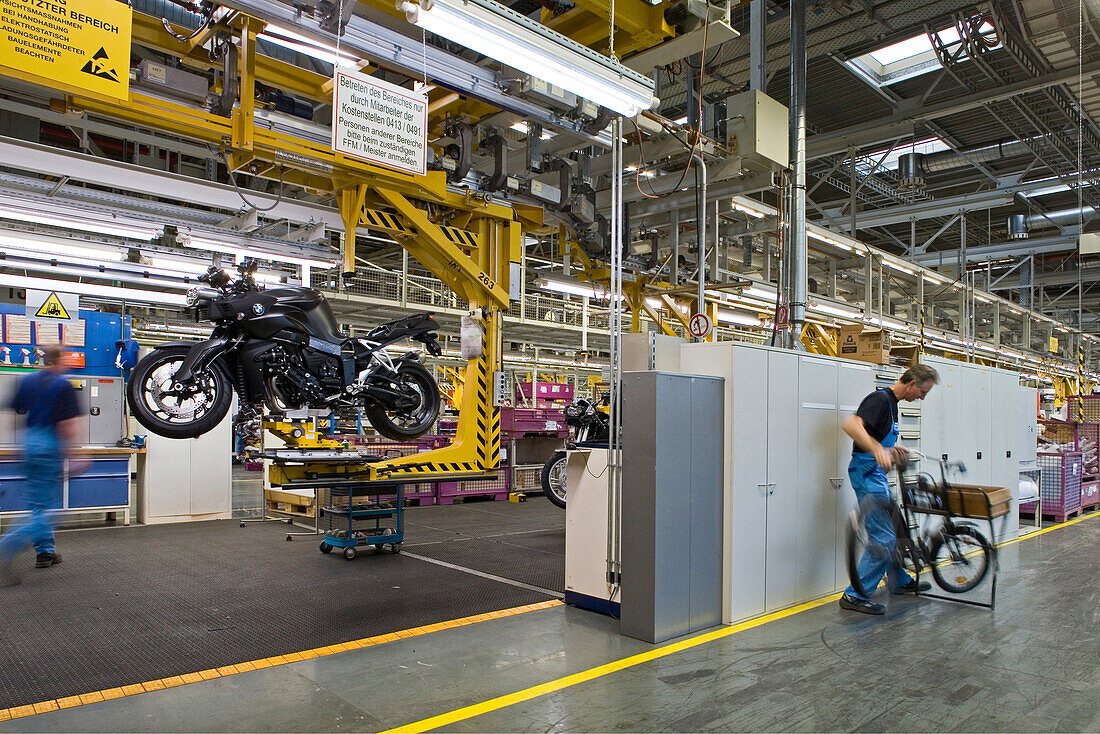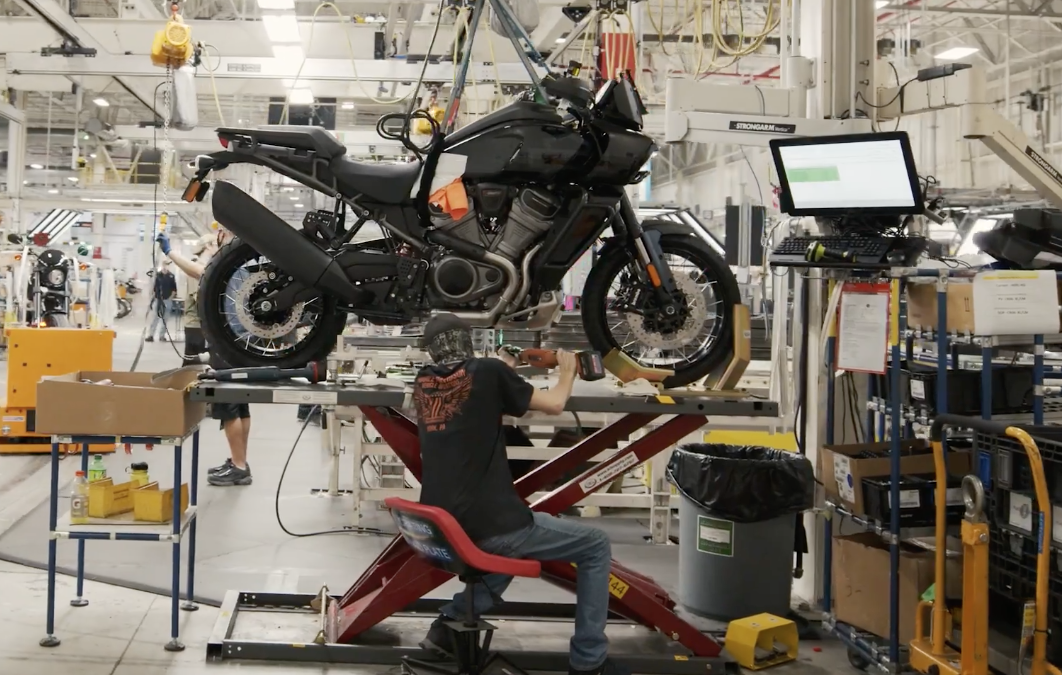The world of high-speed motorcycle paint inspection faces numerous challenges that industry professionals must address to maintain the quality and safety of motorcycles. Addressing these challenges is imperative for achieving seamless production and ensuring customer satisfaction. Let’s delve into the most significant obstacles and how we can overcome them.

Understanding Paint Inspection
Paint inspection is a crucial aspect of the manufacturing process, especially for motorcycles. It ensures that the paint job is flawless, thereby enhancing both aesthetics and protective qualities.
The Importance of High-Speed Inspection
In today’s fast-paced manufacturing environment, high-speed inspection is essential to meet production targets without compromising on quality. This allows manufacturers to identify and rectify defects quickly.
Key Challenges in High-Speed Motorcycle Paint Inspection
1. Detection of Minute Defects
Detecting tiny imperfections at high speeds is one of the most significant challenges. This requires advanced technology capable of identifying small defects accurately.
2. Maintaining Consistency
Consistency in inspection results is crucial. Variability can lead to inconsistencies in quality, affecting the final product.
3. Speed Versus Accuracy
Balancing speed and accuracy is a constant challenge. High-speed inspections can sometimes compromise accuracy if not handled correctly.
Technological Solutions to Overcome Challenges
1. Advanced Imaging Systems
Implementing advanced imaging systems can help detect defects that are otherwise invisible to the naked eye. These systems provide high-resolution images, aiding in precise identification.
2. Automated Inspection Technologies
Automated technologies, such as AI-driven inspection systems, can significantly enhance speed and accuracy. Learn more about these innovations here.
3. Real-Time Data Analysis
Real-time data analysis is crucial for immediate feedback and quick decision-making. This ensures that defects are caught and corrected promptly.
Implementing Best Practices
1. Regular Calibration
Regular calibration of inspection equipment ensures accuracy and reliability.
2. Training for Quality Assurance Teams
Continuous training for quality assurance teams is essential to keep them updated with the latest technologies and best practices.
3. Integration of AI and Machine Learning
Integrating AI and machine learning can greatly enhance the inspection process by providing more accurate results and predictive maintenance.
Case Studies of Tremendous Success
1. Case Study 1: Enhancing Speed and Accuracy
One manufacturer experienced a tremendous improvement in both speed and accuracy after implementing AI-driven inspection solutions. Read more about this success story here.
2. Case Study 2: Overcoming Consistency Challenges
Another company achieved remarkable consistency in inspection results by adopting advanced imaging systems and real-time data analysis. Discover their journey here.
The Future of High-Speed Motorcycle Paint Inspection
The future of high-speed motorcycle paint inspection is promising, with continuous advancements in technology and processes paving the way for even greater efficiency and accuracy.
Conclusion
By overcoming the challenges in high-speed motorcycle paint inspection, manufacturers can ensure top-notch quality and customer satisfaction. The combination of advanced technology, best practices, and continuous improvement will drive the industry forward.

FAQs
What are the main challenges in high-speed motorcycle paint inspection?
The main challenges include detecting minute defects, maintaining consistency, and balancing speed with accuracy.
How can technology help in overcoming these challenges?
Advanced imaging systems, automated inspection technologies, and real-time data analysis are some of the key technologies that can help overcome these challenges.
What is the future of high-speed motorcycle paint inspection?
The future looks promising with continuous advancements in technology and processes, leading to greater efficiency and accuracy in paint inspection.
